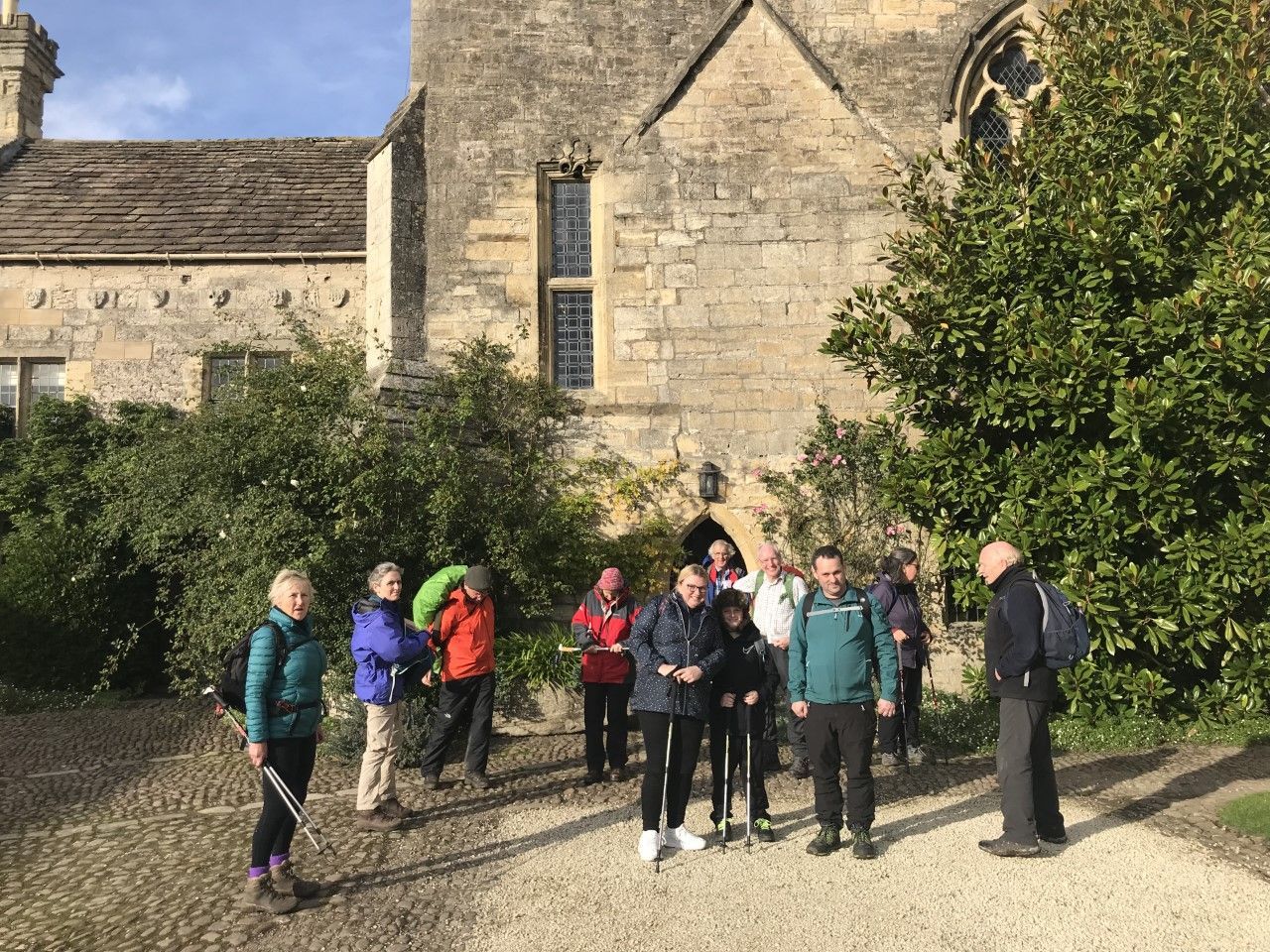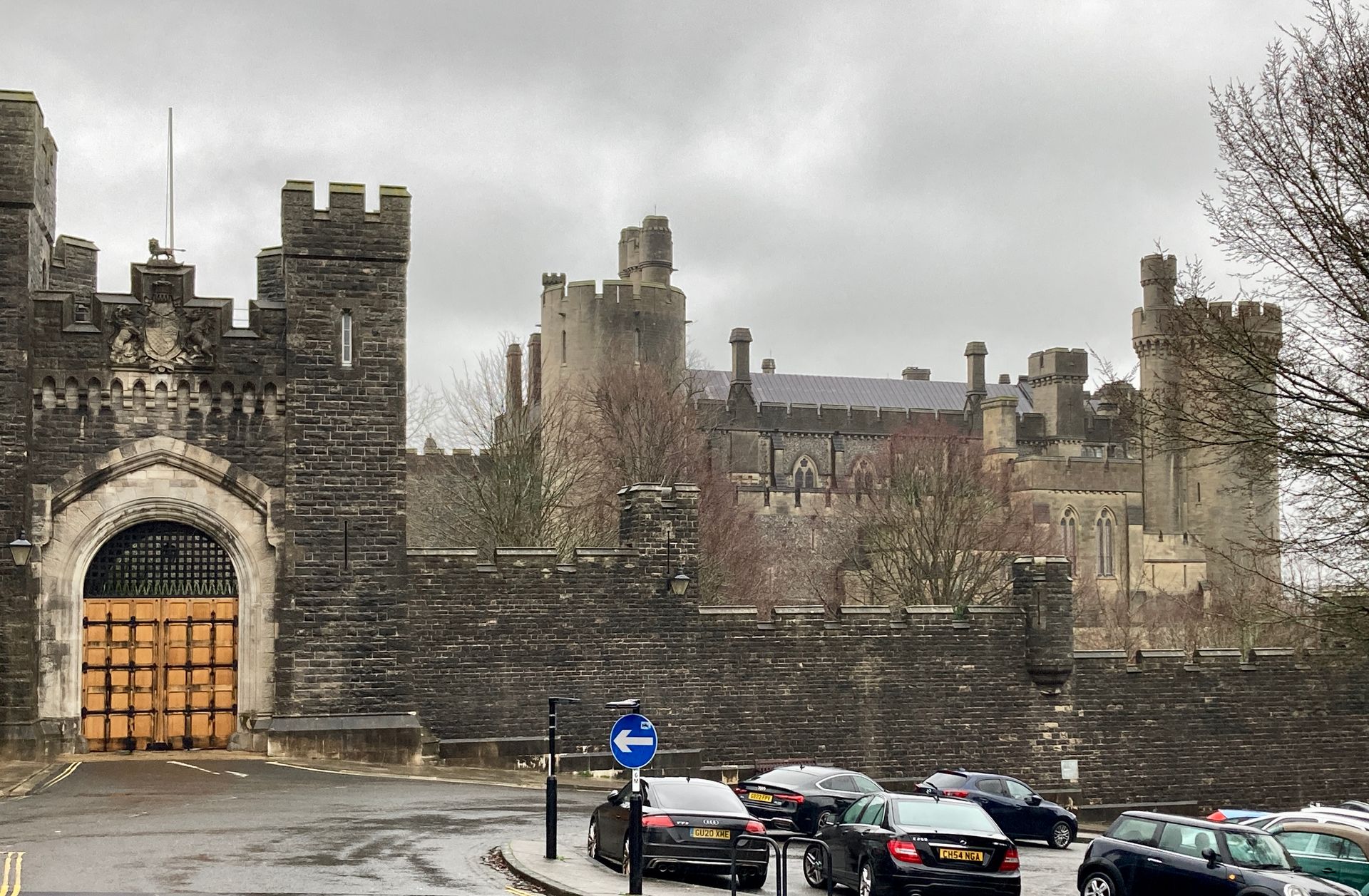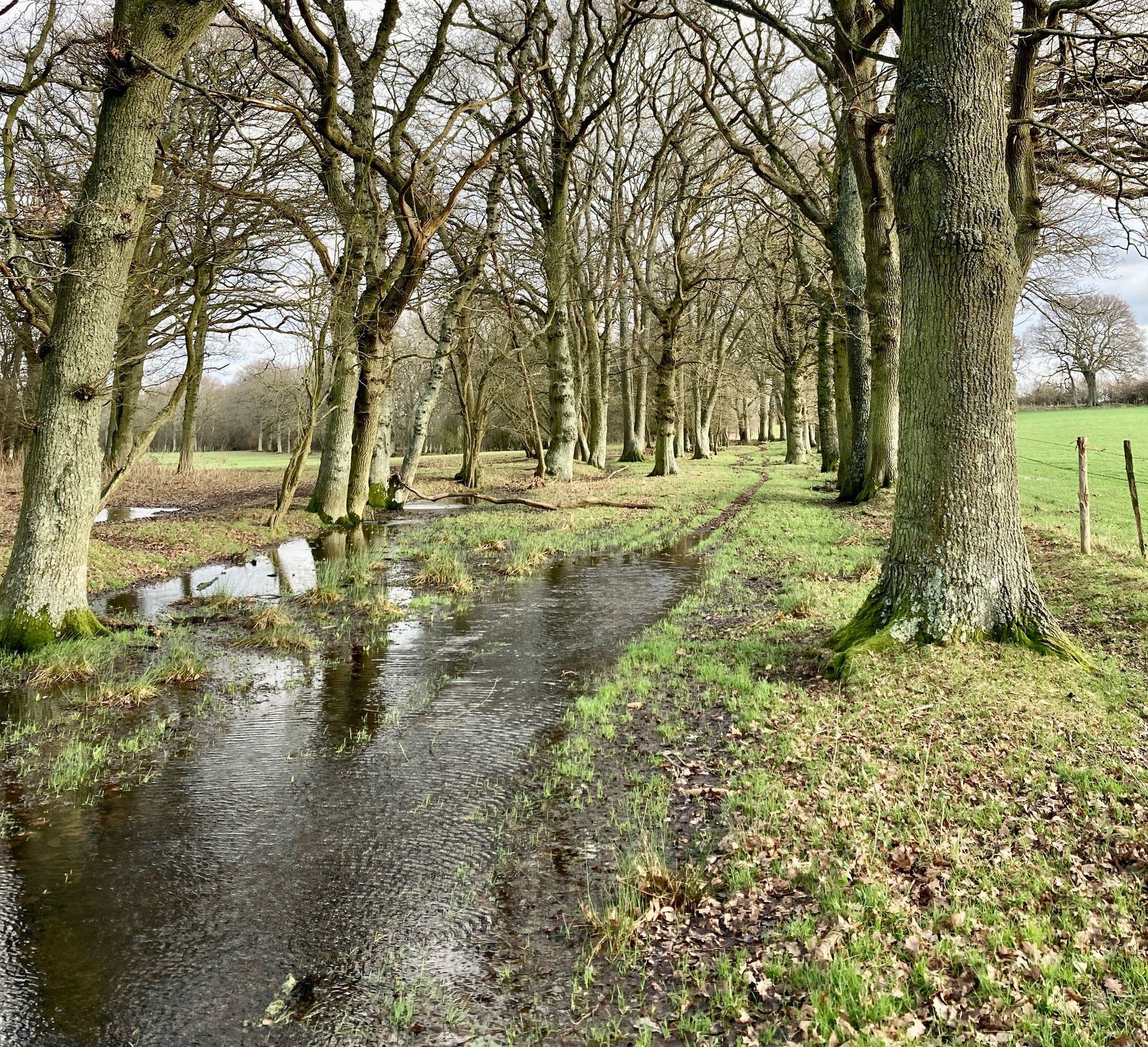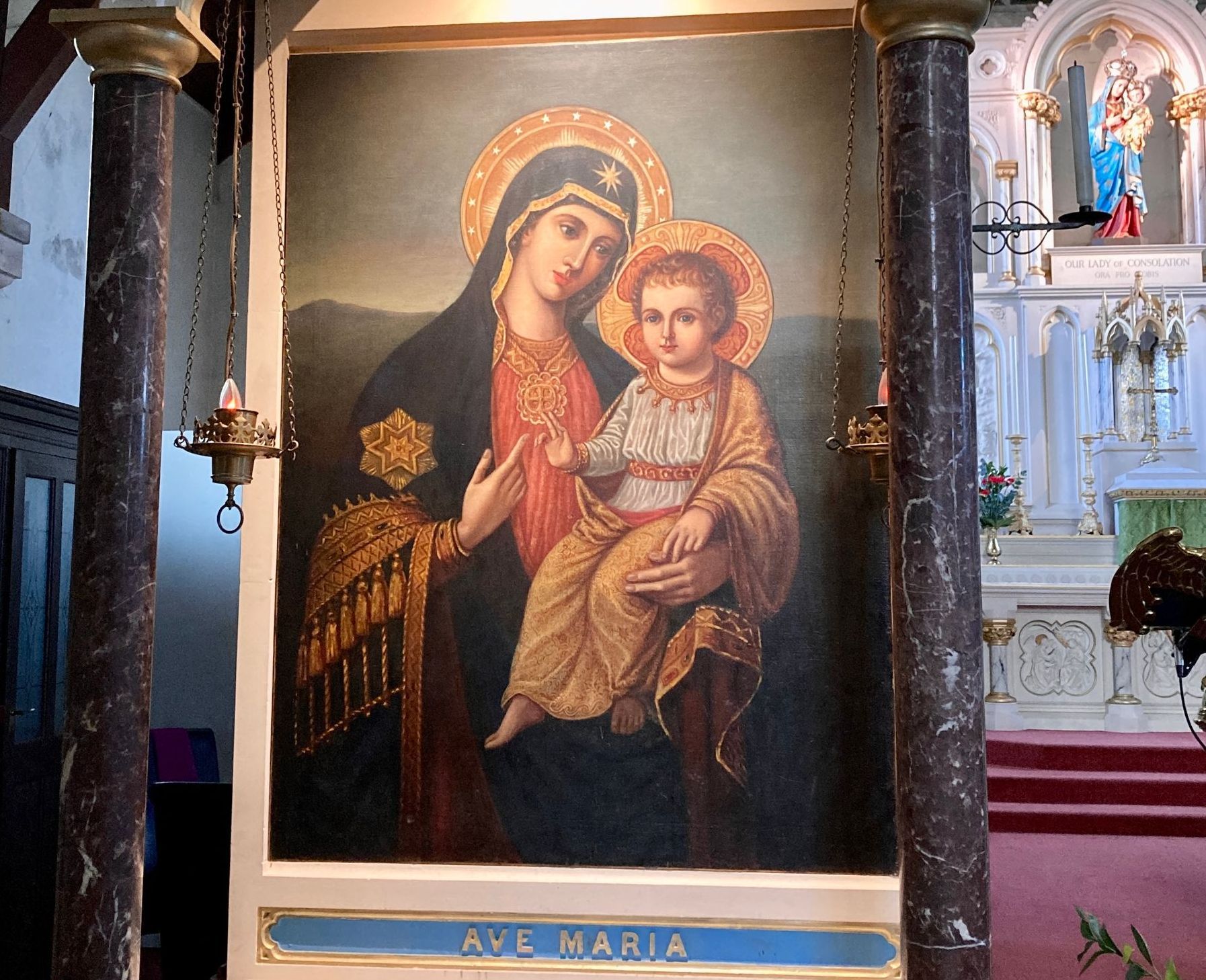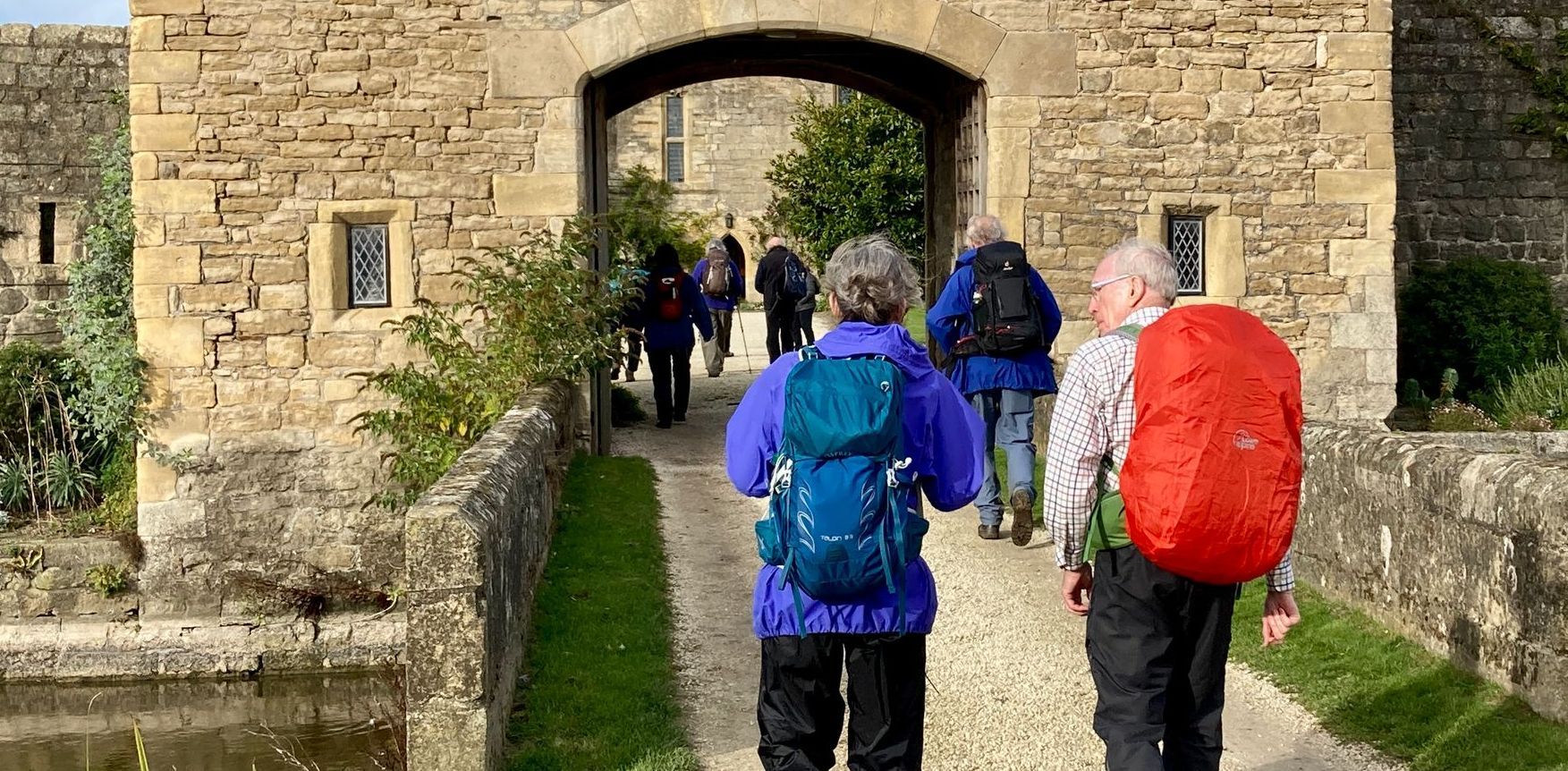The Way of Our Lady of Consolation
A Pilgrim Way for the Diocese of Arundel & Brighton from the Cathedral of Our Lady & St Philip Howard in Arundel to the Diocesan Shrine of Our Lady of Consolation at West Grinstead
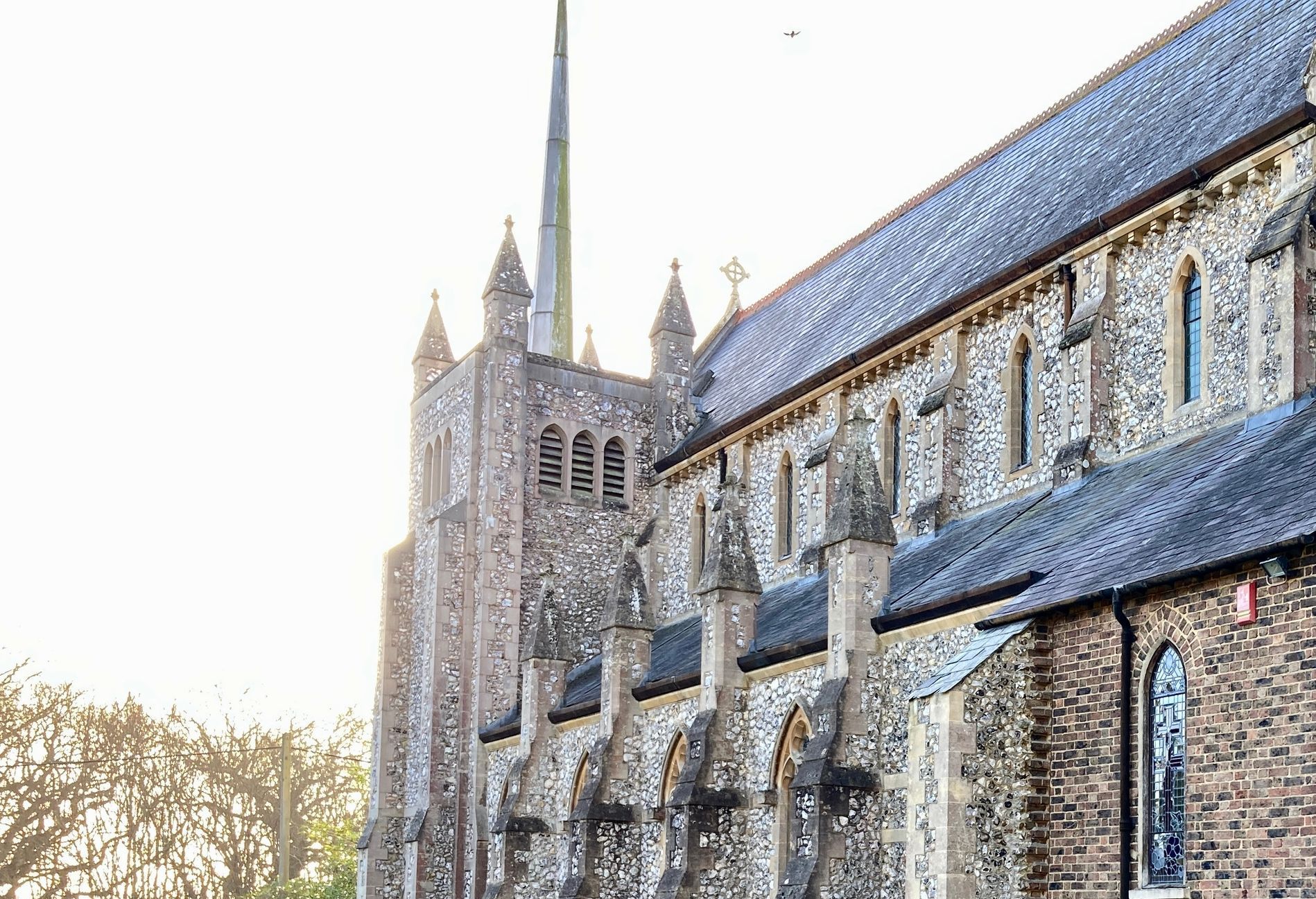
The Church of Our Lady of Consolation, West Grinstead
About the route
The Way passes the ruins of Greyfriars Friary and skirts the grounds of Arundel Castle, home of the Dukes of Norfolk, before crossing the South Downs to reach the Church of Our Lady of England and the Chemin Neuf community at Storrington. The route continues in a north-eastern direction and traverses quiet countryside by track and lane to reach the Shrine at West Grinstead.
Our Lady of Consolation is one of the earliest names for Mary and dates from the 2nd century. In the 18th century the custom of asking for the final blessing before death in the name of Our Lady of Consolation was popular. If you undertake this pilgrimage perhaps you could use it as a time to reflect on where your own life needs healing and consolation, or perhaps in memory of a loved one who has died.
You can find out more about the Way and download the GPX file by clicking on the LEARN MORE tab in the
interactive map below
Guidance
Using the tabs in this section you can find the information you need for your pilgrimage.
The Outer Way provides practical advice about the route.
The Inner Way describes the spiritual highlights.
Using the button below you can download details of the inner and outer ways and the walking guidance and maps.
Stages: route, food & drink, accommodation and public transport
1. Arundel Cathedral to Wepham: 2.88 miles
The Cathedral can be reached easily on foot from the railway station. There are also local buses (see link below). There is plenty of accommodation in the town. The route skirts Arundel Castle, and there are several pubs, cafés and food shops enroute. The Way then follows the River Arun and crosses the railway to pass through woods and farmland to reach Wepham. There are no facilities in Wepham.
2. Wepham to Storrington: 5.1 miles
The Way is gently uphill across open country on tracks to reach the South Downs Way. Then the route is downhill through woodland to reach a lane to Storrington. The village has 3 pubs, a large Waitrose, several take aways and an Indian restaurant. There may be Airbnb accommodation. There are infrequent buses run by several companies (see link below).
3. Storrington to Thakeham: 3.52 miles
From Storrington the Way is along paths and tracks through pretty countryside. Thakeham has a pub, the White Lion Inn. There are buses from Thakeham, see link below.
4. Thakeham to Dial Post: 3.61 miles
The Way is on quiet lanes and farm tracks. It may be muddy in places. Dial Post has a pub, the Crown Inn which also provides accommodation. There is a bus stop.
5. Dial Post to the Shrine of Our Lady of Consolation: 2.42 miles
The final section involves crossing a major road but is then on tracks and paths across farmland until reaching the main road at West Grinstead. There are buses on the A24 (0.5mi to the west) and from Partridge Green (2mi to the south-east).
Public transport links
Trains:
https://www.nationalrail.co.uk/
Coaches:
https://www.nationalexpress.com/en
Buses:
https://www.compass-travel.co.uk/compass-timetables/bus-timetables/
Pilgrim people and places
NB Many churches are closed during daylight hours. If you would like to visit the churches and shrines it is best to check the parish website first. You can also email or phone the parish office to see is someone would be willing to open the church. Please be aware that many priests cover more than one church and so may live many miles away.
Each summer since 1975 the Diocese of Arundel & Brighton organises an ecumenical walking pilgrimage to a place, shrine or area exploring a particular theme or aspect of faith and Christian heritage. The participants have rediscovered, year after year, the amazing personal and community value of going on a group pilgrimage as our medieval forebears did, where the journey, walking, laughing, sharing, praying, singing, etc. is as important as the destination. The pilgrims stop at a pub for lunch and sleep on the floors of church, school or community halls, and try to walk on footpaths not roads.
The Cathedral of Our Lady and St Philip Howard
The Cathedral is an impressive neo-Gothic Victorian building, imposingly situated in the centre of Arundel next to the Castle. It was built by Henry, fifteenth Duke of Norfolk, to celebrate his coming of age in 1868.
The shrine of St Philip Howard is in the north transept of the Cathedral. Philip Howard was the 13th Earl of Arundel (1557–1595). In 1585 he was charged with being a Roman Catholic, quitting England without leave and participating in Jesuit plots, and was sent to the Tower of London. In 1589 he was tried for high treason, found guilty and condemned to death by being hanged, drawn and quartered. Queen Elizabeth never signed the death warrant but Howard was not told this and so lived in constant fear of a terrible execution. He died of dysentery having spent ten years in the Tower. He was canonised by Pope Paul VI in 1970, as one of the Forty Martyrs of England and Wales.
The Church of Our Lady of England, Storrington
This Church is part of a former priory of Premonstratensian canons who came from France in 1882. The foundation stone of the present brick church, designed by Edward Goldie, was laid in 1902 and the church was opened in 1904. Inside it has a welcoming, spacious feel. Hilaire Belloc visited the Priory on one of his walks and wrote a poem on the courtesy he experienced there.
The Chemin Neuf Community, Storrington
The former priory buildings behind the Church are now the home to the Storrington Chemin Neuf Community. Chemin Neuf is a Catholic community with an ecumenical vocation. Formed from a charismatic prayer group in 1973, it has 2,400 permanent members in 30 countries. Its main founder is the Jesuit priest Laurent Fabre, and the community adheres to an Ignatian spirituality. It brings together priests, lay celibates (men and women) as well as couples with or without children. In Storrington the community hold retreats, study days and other events.
The Shrine of Our Lady of Consolation, West Grinstead
Catholic worship was kept alive at West Grinstead after the Reformation by the local Caryll family. The priests’ house, next door to the shrine, contains a chapel in an upper room believed to have been used throughout the centuries of Catholic repression. One such priest was the Franciscan Arthur (aka Francis) Bell, (13 January 1590 – 11 December 1643) who is believed to have lived and worked at West Grinstead. He was found guilty of being a Catholic priest by a court during the English Civil War and was executed by being hanged, drawn and quartered at Tyburn in London. Bell was beatified by Pope John Paul II on 22 November 1987.
There was a shrine in honour of Our Lady at West Grinstead before the Reformation. The Church is impressive for such a rural area and was opened in 1876. The tower was completed in the 1960s as a memorial to the Catholic writer Hilaire Belloc, who is buried here.
Our Lady of Consolation is one of the earliest names for Mary and dates from the 2nd century. In the 18th century the custom of asking for the final blessing before death in the name of Our Lady of Consolation was popular. Before you leave the Shrine, you could reflect on where your own life needs healing and consolation.
Shrine prayer
O God,
who through the Virgin Mary has willed to give to your people the true consolation, Jesus Christ;
grant to us who venerate her, under the title of Our Lady of Consolation, the grace to co-operate with her in the work of Redemption,
we ask this through Christ Our Lord.
Amen.
Our Lady of Consolation of West Grinstead, Have pity on us.
St Francis of Assisi, Pray for us.
Blessed Francis Bell, Pray for us.
ABOUT THE DIOCESE OF
ARUNDEL & BRIGHTON
The Diocese of Arundel & Brighton covers the counties of Sussex and Surrey (excluding Spelthorne, which is part of the Diocese of Westminster). The diocese was established on 28 May 1965 by Pope Paul VI, having previously been a part of the larger Diocese of Southwark, which was elevated to an archdiocese with a new ecclesiastical province on the same date.
Our diocesan church family includes more than 74 parishes and 86 schools across Sussex and Surrey. The diocese aims to make the person of Jesus known and loved while offering spiritual enrichment and life-long support to the faithful and those in our wider community.
